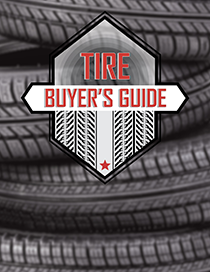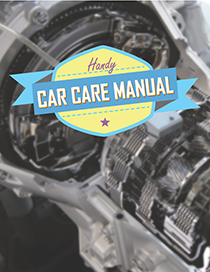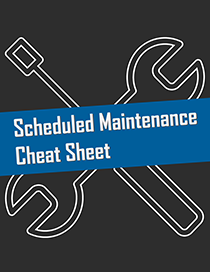Car Repair Made Simple: A Guide to Understanding Your Vehicle’s Needs
Car repair might seem complex, but it doesn’t have to be. With thousands of parts in your vehicle, it’s easy to feel overwhelmed. However, there’s no need to memorize every component. Just like in a relationship, understanding and addressing your car’s needs can go a long way. Here’s how you can simplify car maintenance and ensure your vehicle stays in top shape:
1. Overcome the Fear of Opening the Hood
The idea of popping open your hood might seem intimidating, especially if you’re not familiar with car engines. This fear often stems from not knowing what you’re looking at. But don’t worry—it’s not as daunting as it seems!
Start by consulting your owner’s manual, which includes a diagram of your engine and labels for the essential parts. Compare this diagram with the engine in your car to get a sense of what’s what. If you’re still unsure, visit your friendly neighborhood auto shop. A service advisor would be happy to walk you through the basics and show you what to keep an eye on.
2. Ditch Outdated Stereotypes
Forget the old stereotypes that suggest car repair is a “man’s job.” Just as societal views have evolved, so have roles and expectations. Car maintenance and repair are skills anyone can learn, regardless of gender.
If you’re worried about getting your hands dirty or breaking a nail, don’t be. You can use gloves to protect your hands and still gain the satisfaction of taking charge of your car’s upkeep. After all, many professions involve getting hands-on with less-than-glamorous tasks. Empower yourself by embracing the learning process!
3. Get to Know Your Auto Fluids
Understanding your car’s fluids is one of the simplest and most effective ways to prevent serious issues. Here’s what you need to know:
- Motor Oil: Essential for keeping your engine running smoothly. Check its level and consistency regularly. If it’s low or looks sludgy, an oil change is due.
- Antifreeze: Helps regulate engine temperature. Check its level and ensure it’s not mixing with motor oil. Low levels or contamination require immediate attention.
- Brake Fluid: Crucial for safe braking. If the level is low or the fluid is brown or black (rather than transparent), have it checked.
Make it a habit to check these fluids monthly to catch potential issues early. For a hands-on demonstration, ask your service advisor to show you how to perform these checks.
4. Adhere to Your Maintenance Schedule
Your vehicle’s owner’s manual includes a recommended maintenance schedule based on mileage. These guidelines are designed by the manufacturers who know your car best. Following their advice ensures that your vehicle remains in optimal condition.
Plan ahead by noting upcoming maintenance tasks a few thousand miles before they are due. This way, you won’t be caught off guard by necessary repairs and can budget for them accordingly.
5. Simplify Car Repair
Car repair doesn’t have to be overwhelming. By staying informed about your vehicle’s needs and following a few basic maintenance practices, you can keep your car running smoothly and avoid costly repairs. Remember, being proactive and educated about your car is key to effective maintenance.







